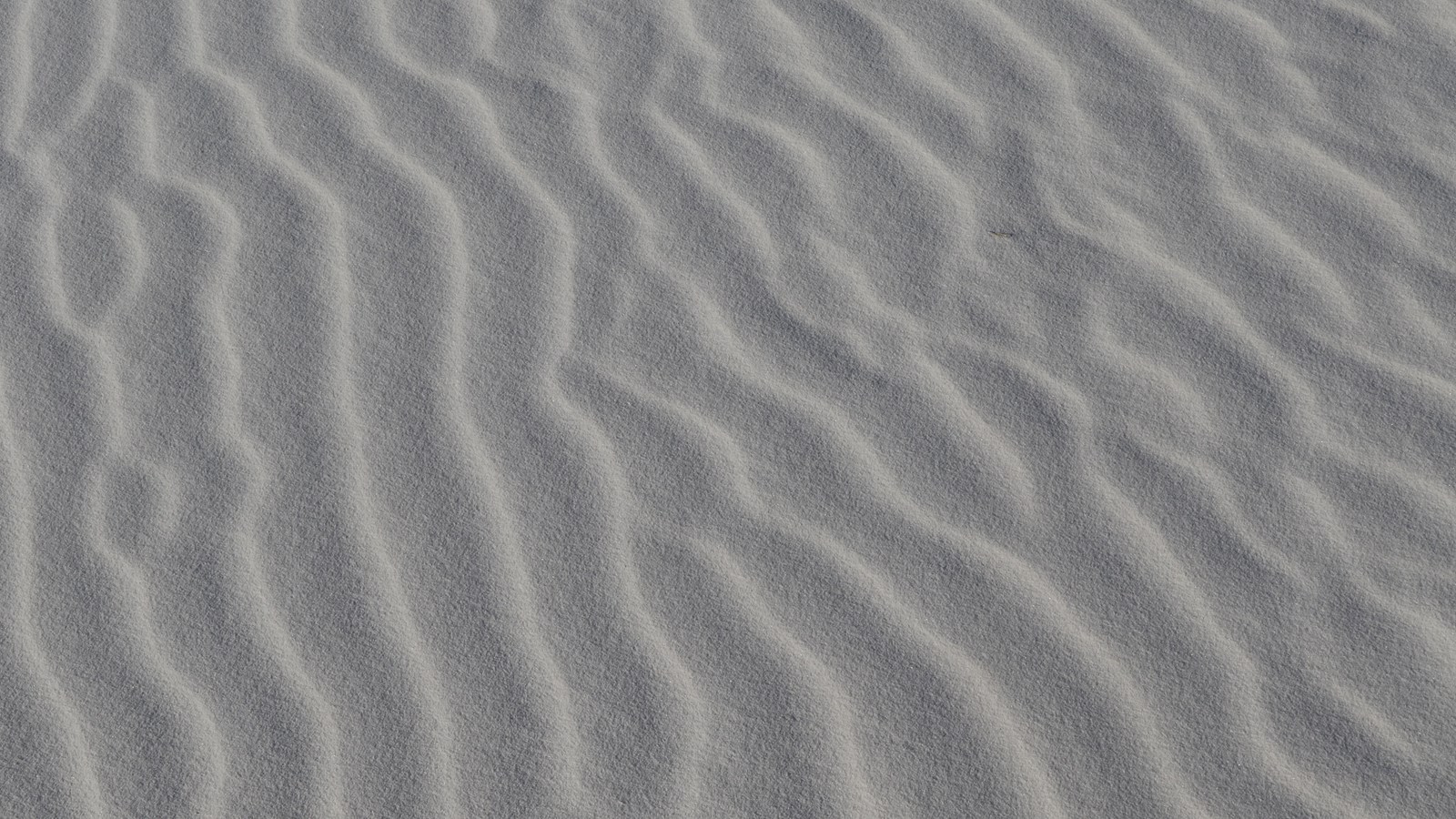Last updated: September 19, 2021
Place
Cool to the Touch

NPS Photo
Quick Facts
Amenities
2 listed
Audio Description, Historical/Interpretive Information/Exhibits
The story of dunefield creation starts millions and millions of years ago, back when this area was covered by a shallow sea. Layers of gypsum were left behind as the sea emptied and filled over and over, and you can still see them as light layers of rock in the surrounding mountains.
Water carries dissolved gypsum down to the basin, then evaporates, leaving behind gypsum crystals. Those crystals are then broken down into smaller and smaller pieces until they are the sand you just dug into.
The dunes have been here for around 7,000 years! The secret to keeping all this sand in place is shallow underground water acting as an anchor. Much like a paper towel sucking up water, the dunes act like the paper towel and the water holds them in place. When you feel the wet sand a few inches down, you’re feeling the dunefield’s anchor.
Water carries dissolved gypsum down to the basin, then evaporates, leaving behind gypsum crystals. Those crystals are then broken down into smaller and smaller pieces until they are the sand you just dug into.
The dunes have been here for around 7,000 years! The secret to keeping all this sand in place is shallow underground water acting as an anchor. Much like a paper towel sucking up water, the dunes act like the paper towel and the water holds them in place. When you feel the wet sand a few inches down, you’re feeling the dunefield’s anchor.
